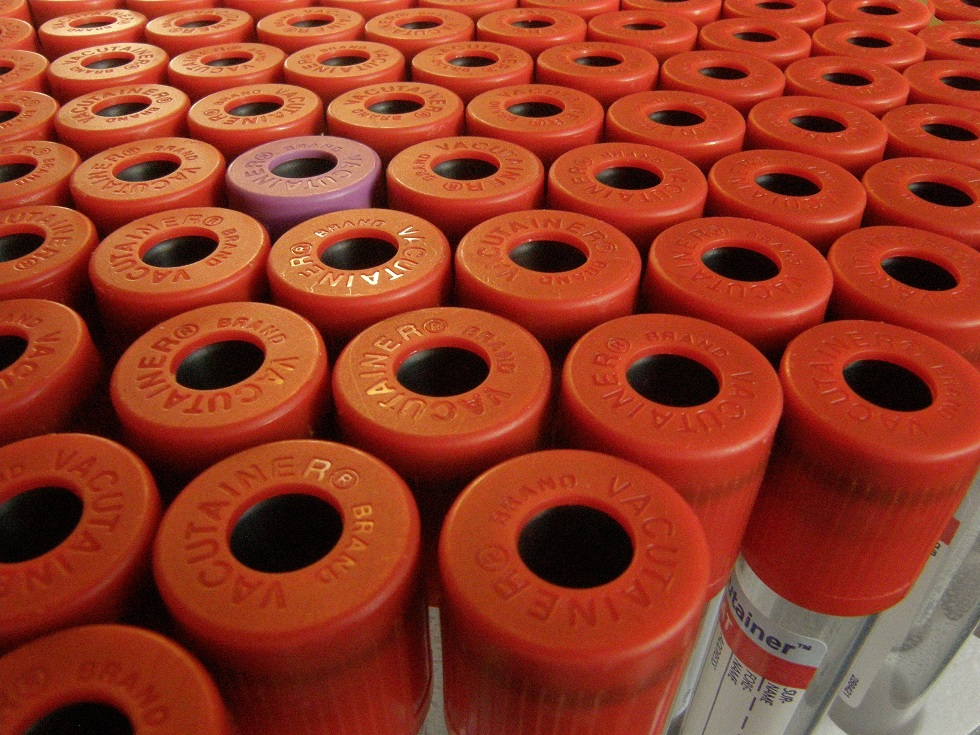Species: All (not birds/reptiles)
Specimen: Plasma or serum
Container: EDTA, heparin or red-top tube
Collection protocol: Fasted sample preferred.
Special handling/shipping requirements: Standard
General information about the disease: Useful in the assessment of liver function and some anaemias.
General information about when this test is indicated:
A by-product of haemoglobin breakdown from senescent (or diseased) erythrocytes in mammals. Released from macrophages and transported to liver where it is conjugated to a sugar group and most is excreted in bile with some going back into blood. Most of the bilirubin entering the small intestine and converted to urobilinogen is excreted in faeces, with a small amount reabsorbed into blood where it re-enters liver or is excreted in urine.
Increased serum bilirubin can occur from:
- Increased haemoglobin production (haemolysis, especially extravascular, internal haemorrhage) termed prehepatic, haemolytic, or retention hyperbilirubinaemia;
- Reduced uptake or conjugation by hepatocytes (reduced blood flow, reduced hepatocyte numbers, defective uptake or conjugation) termed hepatic or, again, retention hyperbilirubinaemia;
- Fasting (most pronounced effect is in horse)
- Disruption of bile flow (intra- or extra- hepatic) causing cholestasis (inflammation, neoplasia, choleliths, lipidosis, endocrinopathy associated hepatopathy) termed posthepatic or cholestatic hyperbilirubinaemia.
Species differences are notable:
Most birds and reptiles have little biliverdin reductase and therefore do not produce bilirubin in health. Biliverdin is the main bile pigment in these species and bilirubin is rarely diagnostically useful. Dogs, especially male, have a low renal threshold, so hyperbilirubinuria may precede hyperbilirubinaemia. In horses most serum bilirubin is unconjugated regardless of cause and very high levels can occur, e.g. in anorexia. In ruminants, liver disease may not always raise bilirubin and high levels are most commonly associated with haemolysis.
Major differentials:
- Increase: Haemolysis, cholestasis, hepatocyte injury, biliary system disease, reduced functional hepatic mass.
- Decrease: Not usually clinically significant, possibly reduced red cell production.
Comparison with other related tests: N/A

